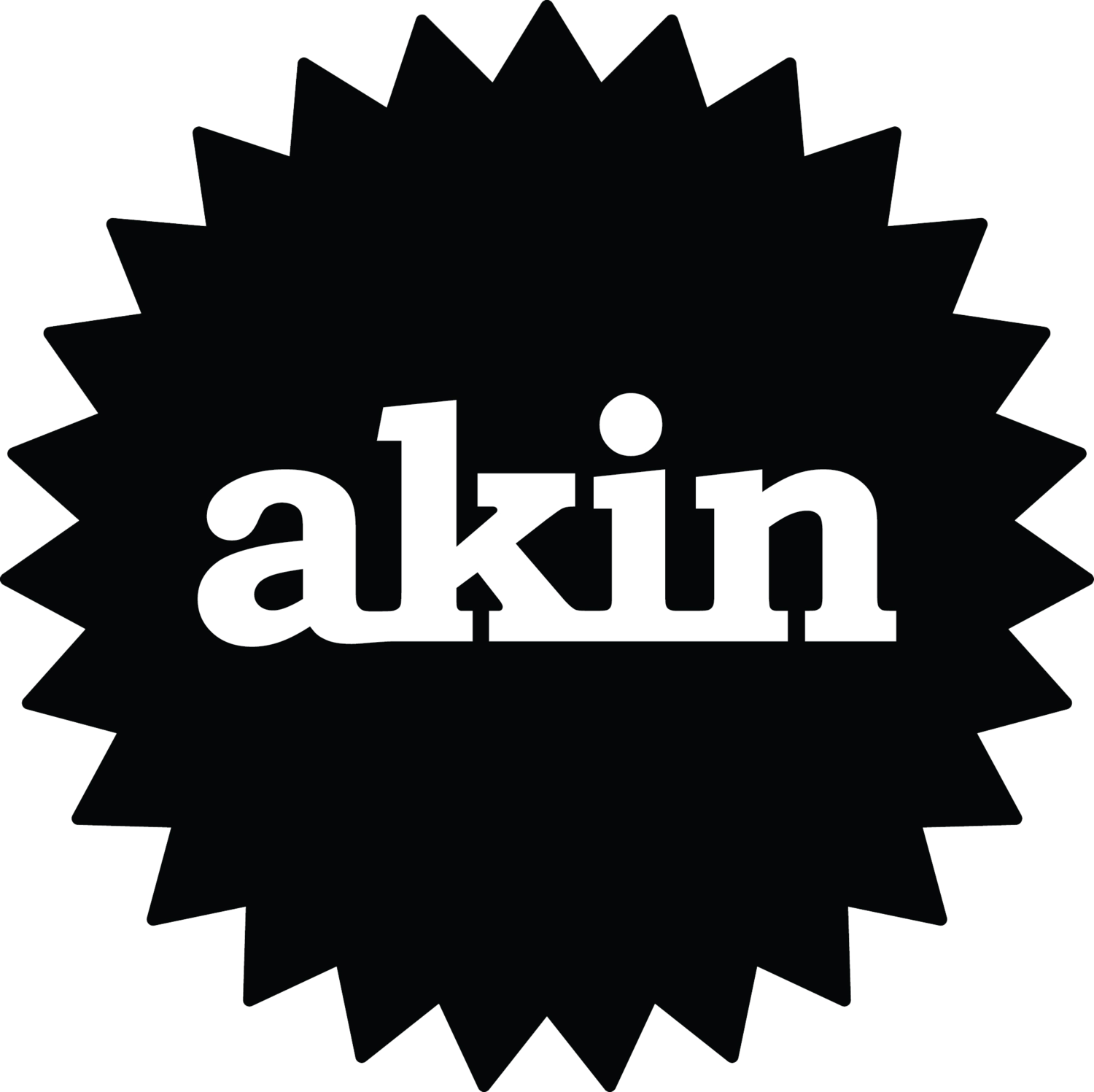COLLEEN MCCARTEN at Angell Gallery
LESS IS MOIRÉ
COLLEEN MCCARTEN
July 15–August 26, 2017
Akin Dupont Member Colleen McCarten is showing at Angel Gallery this summer. Opening reception Saturday July 15 from 2 to 4pm
ANGELL GALLERY is pleased to present Less is moiré, an exhibition of recent stitched paper and woven sculptural works by Toronto-based artist Colleen McCarten. The exhibition runs in the Project Space alongside MINIMAL(ist) EFFORTS, a group show presenting contemporary approaches to minimalist art in Canada.
Moiré is the effect produced when an opaque lined pattern with spaces between the lines is overlaid with another similar pattern. The resulting ‘vibration’ effect is caused by our eyes’ inability to bring the individual layers into focus. In the 1960s, Bridget Riley and other artists associated with Op Art used this effect in their painterly and sculptural examinations of how vision works. At the same time, textile manufacturers, such as Marimekko, influenced fashion and décor by producing fabrics with similar graphic effects.
Colleen McCarten’s practice draws inspiration from such artists, as well as minimalists like Sol Lewitt, Agnes Martin and Eva Hesse (who pioneered the use of materials like latex and plastic in her work), and textile artists like Anni Albers and Sheila Hicks. McCarten plays with creating illusions using tangible materials. She has been sewing for 15 years and started working with textiles because she enjoys creating using tactile approaches. McCarten became hooked on weaving while attending OCADU: “I loved the idea of creating something substantial from nothing but a simple repeated line”.
McCarten works on an industrial sewing machine and wooden loom. Her challenge, she says, is to introduce “expressive gestures” into mediums that don’t readily allow for them. “Weaving and sewing don’t have the same gestural openness as painting or drawing as you have to pre-plan the settings of the machine” she explains. One technique McCarten employs is encasing her woven pieces in rubber, allowing them to hold their shapes after she moulds the forms. In the sewn works, McCarten carefully guides the paper through the machine to prevent snags and tears; however, slight variations in the repeated shapes convey the presence of her hand. “Every material and approach has its challenges,” she says “but, ultimately, I enjoy simplicity. Simple can be beautiful and seductive.”
– Bill Clarke

